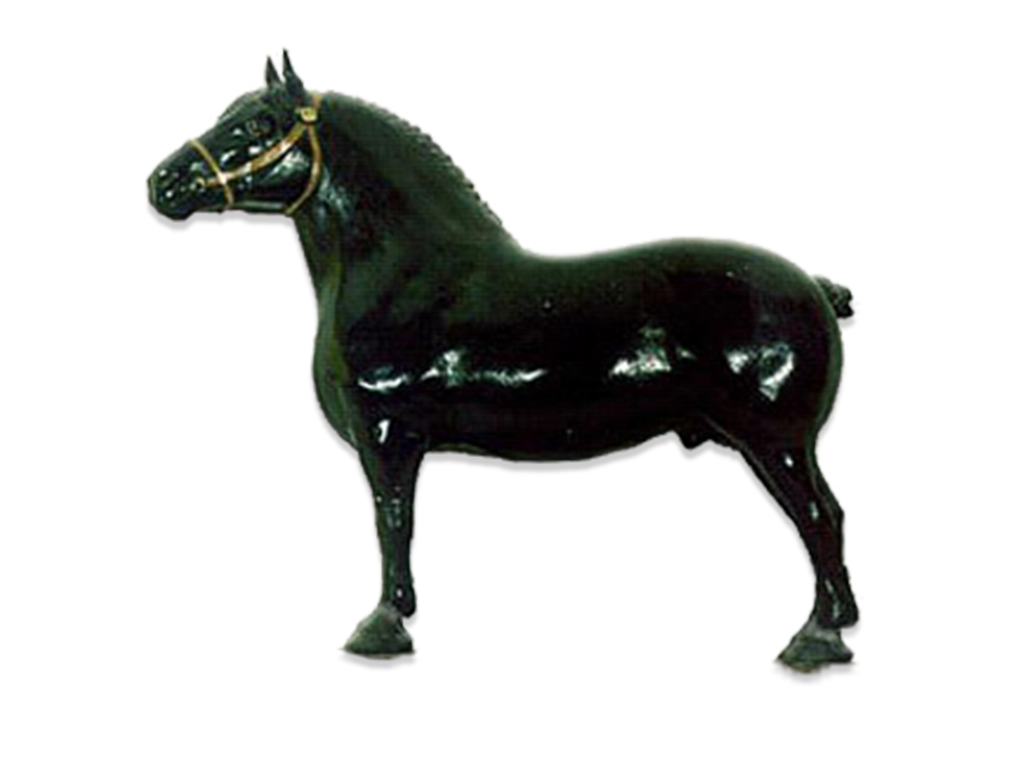About
Born and raised in Norwich, Ontario, Ross Butler was a direct descendant of the Famous United Empire Loyalist Colonel John Butler. He was a self-taught artist who made a lasting impression on the agricultural and art communities in Canada and the United States. Working out of his studio overlooking the Woodstock Town Square, Butler was commissioned by the Ontario government in the 1930's to paint "true types" for Canadian livestock breed standards to be used for agricultural education and breeding purposes. Butler's theories of animal proportions significantly influenced agricultural scientists at the University of Guelph.
His early portrait of Springbank Snow Countess served as a model for the life-sized monument of this famous Holstein cow which identifies Oxford County as the "Dairy Capital" of Canada (click on photo to enlarge).
A Jersey breeder himself, Butler was a founding father of the Oxford Jersey Club, the Oxford Historical and Museum Society, and the Central Unit - the first independent all breed artificial insemination facility for cattle in Canada.
Butler was also commissioned by the American Percheron Association to sculpt true type models, which led to his work creating logo statues for Dawes Black Horse Ale.
Among his many accomplishments as an artist were the "butter" sculptures he created for the annual Canadian National Exhibition and Royal Agricultural Winter Fairs.
Ross Butler's remarkable achievements as an agricultural artist were recognized posthumously in June 1997 when he was inducted into the Ontario Agricultural Hall of Fame at the Agricultural Museum in Milton and into the Canadian Agricultural Hall of Fame in November 1997 at the Royal Agricultural Winter Fair.

